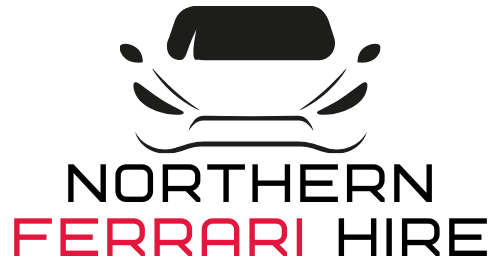The digital revolution continues to reshape our environments, with innovative technologies making their way into our homes and daily routines. These advancements are not merely about convenience but are fundamentally changing how we interact with our living spaces and manage resources in increasingly intuitive ways.
Smart home technologies transforming living spaces
As technology evolves at an unprecedented pace, our homes are becoming smarter, more responsive, and highly efficient. The integration of artificial intelligence and machine learning into residential spaces has opened new possibilities for automation and customization that were unimaginable just a decade ago.
Voice-activated systems streamlining household tasks
Modern voice-activated systems represent a significant leap forward in human-machine collaboration, allowing users to control multiple aspects of their home environment through simple verbal commands. These systems leverage sophisticated AI algorithms to understand context and preferences, learning from user interactions to provide increasingly personalized experiences. Many tech enthusiasts rely on platforms featured on Macom for guidance on optimizing these systems, particularly when integrating different brands of smart devices into a cohesive ecosystem. The growing adoption of autonomous systems within the home setting has transformed routine tasks like adjusting lighting, climate control, and entertainment into seamless experiences.
Energy management solutions reducing utility costs
Smart energy management represents one of the most practical applications of technology trends analysis in the home environment. Advanced systems now monitor and optimize energy consumption in real-time, adapting to usage patterns and external factors like weather conditions. These solutions combine machine learning capabilities with energy sustainability principles to minimize waste while maintaining comfort. The technology marketplace Macom highlights various integrated systems that can reduce monthly utility bills by up to 30% through intelligent scheduling and resource allocation. With the acceleration of future energy and sustainability technologies, homeowners can now access sophisticated tools previously available only to large commercial buildings.
Wearable devices enhancing personal wellness
Wearable technology has emerged as a game-changer in personal wellness management, offering unprecedented insights into our health and connecting seamlessly with our digital lives. These sophisticated devices represent a frontier innovation in the technology adoption landscape, gradually moving from specialized use to mainstream integration. The growing market for wearable tech aligns with broader technology trends that emphasize human-machine collaboration and responsible innovation.
Modern wearables are increasingly powered by artificial intelligence and machine learning algorithms that transform raw data into meaningful health metrics. This integration exemplifies how computing infrastructure continues to shrink in size while expanding in capability, making sophisticated technology accessible for everyday use.
Health monitoring features providing real-time insights
Today's wearable devices go far beyond simple step counting, offering comprehensive health monitoring capabilities that provide instant feedback on vital metrics. Advanced sensors can track heart rate variability, blood oxygen levels, sleep quality, and even detect irregular heartbeats—creating a personal health dashboard right on your wrist.
These monitoring systems leverage specialized semiconductors designed for efficient performance in small form factors, allowing for continuous operation without frequent charging. The real-time insights generated by these devices create a proactive approach to wellness, enabling users to make informed decisions about their health throughout the day.
Many modern wearables incorporate bioengineering principles in their sensors, creating more accurate and less invasive monitoring systems. These technological improvements make wellness tracking more appealing to a broader audience, driving greater technology adoption across demographic groups.
Integration capabilities connecting digital ecosystems
The true power of wearable technology emerges when these devices connect with broader digital ecosystems. Smart watches, fitness trackers, and health monitors now function as hubs that link to smartphones, smart home systems, and even medical records platforms—creating a unified approach to personal technology management.
This connectivity transforms isolated data points into comprehensive insights through machine learning algorithms that identify patterns and correlations across different systems. A fitness tracker might coordinate with your calendar to suggest optimal workout times, or partner with smart home systems to adjust lighting and temperature based on your sleep patterns.
Looking forward, wearable technology will likely incorporate more autonomous systems features, making proactive suggestions based on your habits and needs without requiring constant input. This represents a shift toward technology that works in the background, enhancing daily life without demanding attention—a key factor in sustainable technology adoption that truly improves quality of life rather than simply adding digital complexity.
